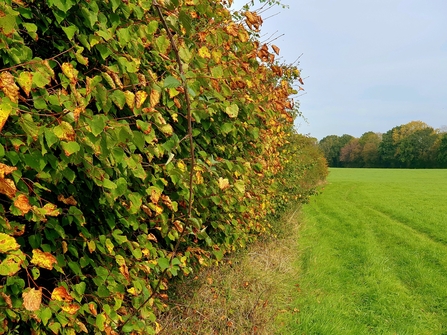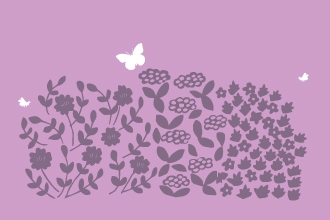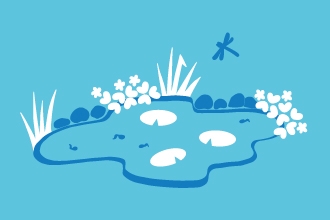Despite summer’s last gasp in early October, autumn is now upon us bringing with it migrating redwings, changing colours and opportunities for habitat management. Walking onto Green Farm now feels very different to high summer. Gone are the butterflies and flowers, and the trees and shrubs are starting to look jaded and in need of a rest! But for me it’s every bit as exciting as that first warm breeze in early spring carrying the scent of bluebells and summer days to come.
Autumn means that we can get stuck into all the jobs that can only be carried out once the wildlife is in winter mode. For some species like cuckoos and swallows, that means leaving Worcestershire and migrating south to Africa. For others like brown long-eared bats and hedgehogs, it brings the urge to find a new home to sleep the winter away. And for others it signals the end of their life cycle as they can no longer survive without flowers and sun. This means that we can coppice, clear, create and plant without disturbing anything.






